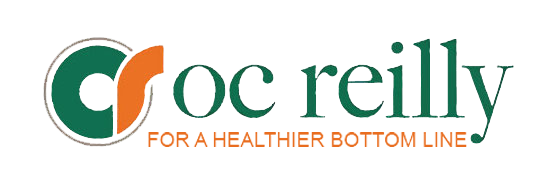OC Reilly Blog: Bundled Payments Creating Cost Savings
By Bill O’Connor, President and CEO, OC Reilly Inc.
As the universe of health care and its associated costs continue to experience churn and uncertainty, the idea of “bundled payments” – arrangements where a set price is paid for an episode of care, or for medical devices – has gained traction among health care administrators and physicians as a means of keeping costs manageable.
As noted in an article appearing in the March 3, 2014, edition of Modern Healthcare, the emerging use of bundled payments “represents a big change from the past, since many physicians and surgeons traditionally have insisted on their own preferences for devices and other supplies without regard to cost. Now they are being pulled into the value equation by their own financial interests.”
The article explains that hip and knee replacement operations represent the type of inpatient procedures most often affected by bundled payments, according to a 2013 Health Care Incentives Improvement Institute report. Hip and knee replacements also rank at the top of the most common operations performed in the U.S., with more than 285,000 hip and 600,000 knee surgeries performed annually.
It may come as no surprise, then, that the bundled payment option applies most frequently to these procedures, as hip and knee implant devices constitute up to 40% of the total cost of these joint replacement procedures, as stated in the article.
“If the surgeon and the hospital are using a very expensive device, or if they don’t have a competitive cost for that device, they now have a common cause to work together to negotiate a better price,” the article quotes Tom Williams, president and CEO of the California-based Integrated Healthcare Association. “The only way you achieve that is if you have the willingness to switch devices. The incentive for the surgeons is to get on board with the hospital and do joint purchasing.”
Bundled payments are but one option in the tool belt of health care providers to gain greater control of their costs. Effective supply chain management can identify additional options, all geared toward the same end goal – achieving the greatest cost-efficiencies, while maintaining the highest patient care.
